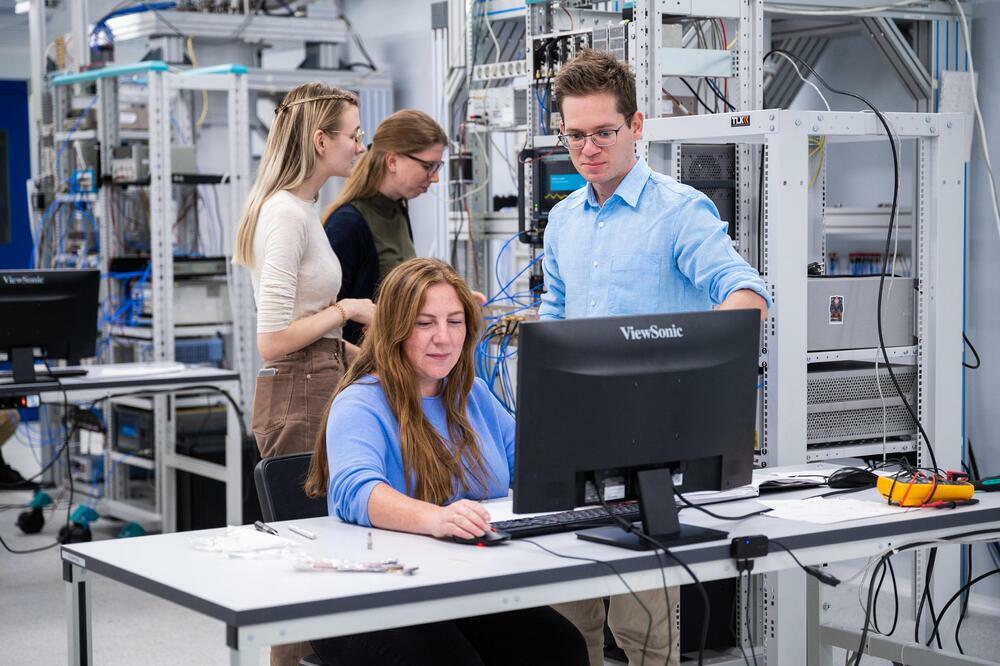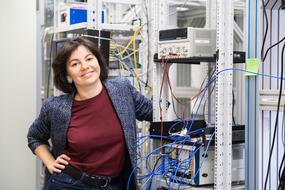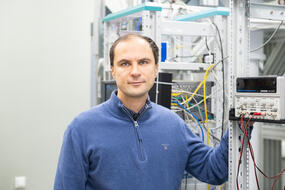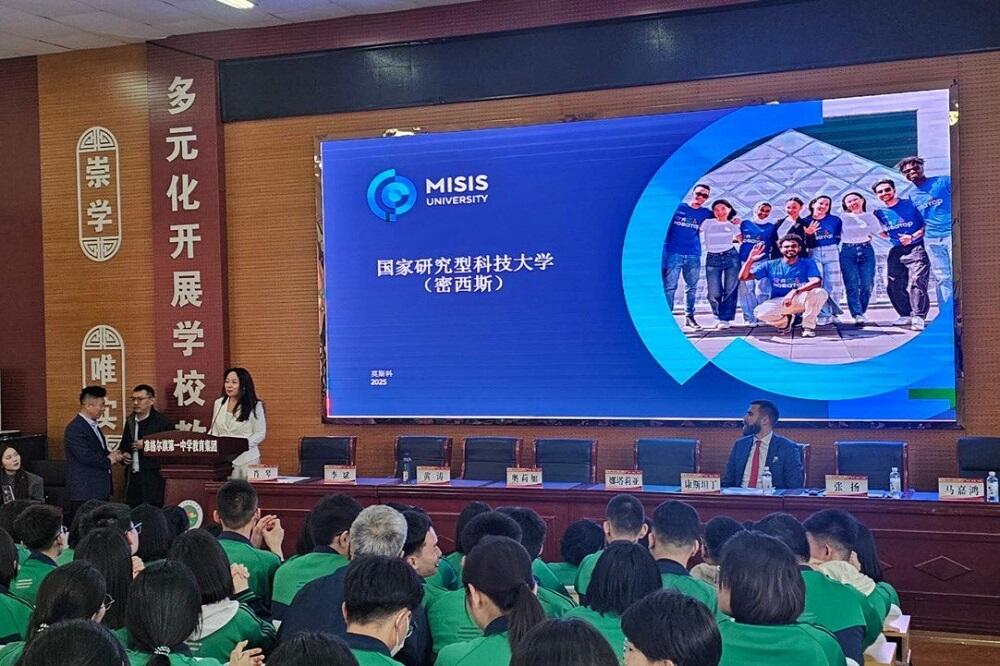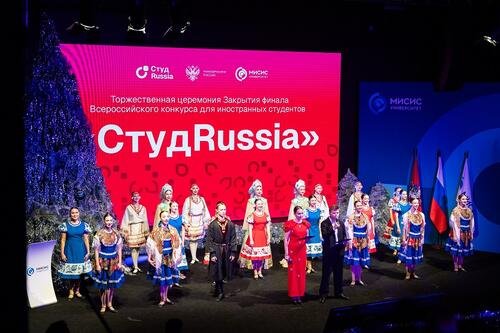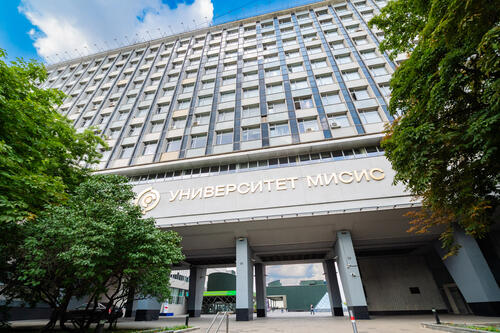Russian scientists have introduced an advanced 3D chip integration technology for superconducting hybrid quantum-classical processors, which paves the way for creating powerful multi-module computing systems. The new research addresses one of the key engineering challenges: ensuring reliable connections between quantum and classical electronics at ultra-low temperatures.
In hybrid processors, qubits perform operations that are impossible for conventional computers, while classical control electronics, built on traditional microchips, provide control signals, synchronize operations, read qubit states, and process results. Currently, these devices feature tens or hundreds of qubits, but for complex tasks, such as molecular modeling and optimizing logistics routes, thousands or even millions are needed. A single chip cannot accommodate that many elements, so processors are assembled from several chips, connected into a unified system.
The main challenge here is the specific requirements of quantum processors. At temperatures close to absolute zero, the connections between chips must remain superconducting, transmit signals without loss, and avoid introducing noise that could disrupt quantum states. As the number of qubits and control lines increases, establishing reliable connections becomes more complex.
To overcome this limitation, researchers from MISIS University, Moscow State University (MSU), the Russian Quantum Center, the Quantum Nanofabrication Center, and Paris’s École Supérieure de Physique et de Chimie Industrielles (ESPCI-Paris) studied and enhanced flip-chip technology.
“The theoretical model we developed showed that when the resonator frequencies match, it is possible to fully transfer non-classical quantum states from one chip to another, which is crucial for building quantum networks,” Dr. Nikolai Klyonov, Associate Professor at MSU’s Department of Atomic Physics, Plasma Physics, and Microelectronics.
Flip-chip technology, commonly used in classical microelectronics, allows chips to be stacked on top of each other and interconnected by miniature superconducting micro-pillars. This approach reduces the length of the connections, increases component density, and simplifies layout. The developed connections reliably operate at temperatures around 20 mK without disturbing fragile quantum states.
“For connecting the chips, we created and tested indium interconnects with a multi-layer metallic foundation (Al/Ti/Pt/In), which ensure stable connectivity under conditions of significant temperature fluctuations. Special attention was given to preventing the formation of unwanted intermetallic compounds at the aluminum-indium interface, which could degrade qubit performance,” Dr. Igor Solovyev, Leading Researcher in the Microelectronics Department at MSU’s Institute for Nuclear Physics.
The researchers studied in detail three types of connections between the quantum chip (Q-chip) and the control chip
“We conducted a systematic experimental and theoretical study of the three main types of connections between the quantum chip, which contains qubits and resonators, and the control chip, which houses control and readout lines. We confirmed the stable operation of all types of connections at ultra-low temperatures, and the measured resonator characteristics matched the theoretical predictions,” co-author Dr. Natalia Maleeva, Director of the Quantum Design Center at MISIS University.
The research opens up possibilities for creating modular quantum processors and internal quantum networks. The next step is integrating real qubits with control electronics and achieving high-precision quantum information transmission. In the future, the computational power of such processors will be required for developing new drugs and materials, cryptography, financial modeling, climate forecasting, and optimizing infrastructure systems.
The technology was developed with support from the Rosatom State Corporation within the framework of the Quantum Computing Roadmap (agreement No. 868-1.3-15/15-2021 dated 05.10.2021). Experimental research on the device was carried out at MISIS University within the strategic technology project Quantum Internet under the Ministry of Science and Higher Education of Russia’s Priority-2030 program.
